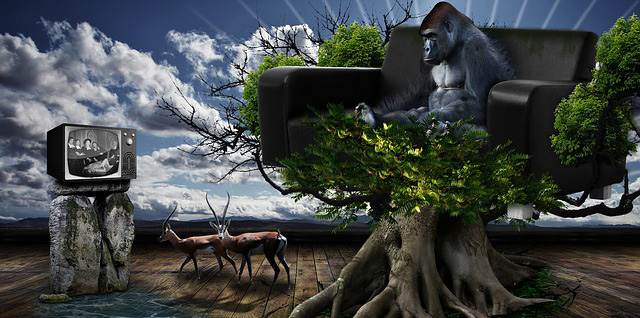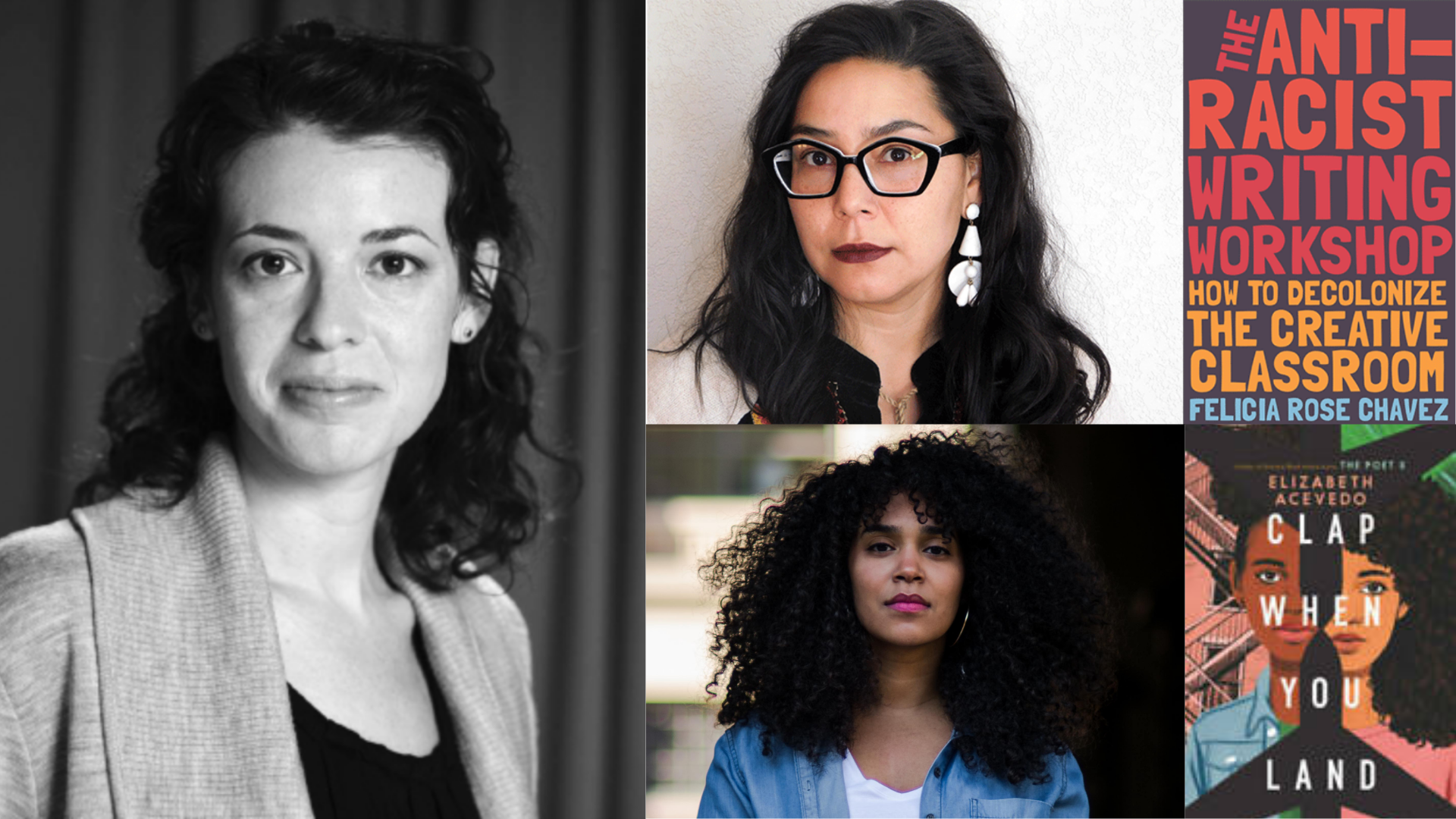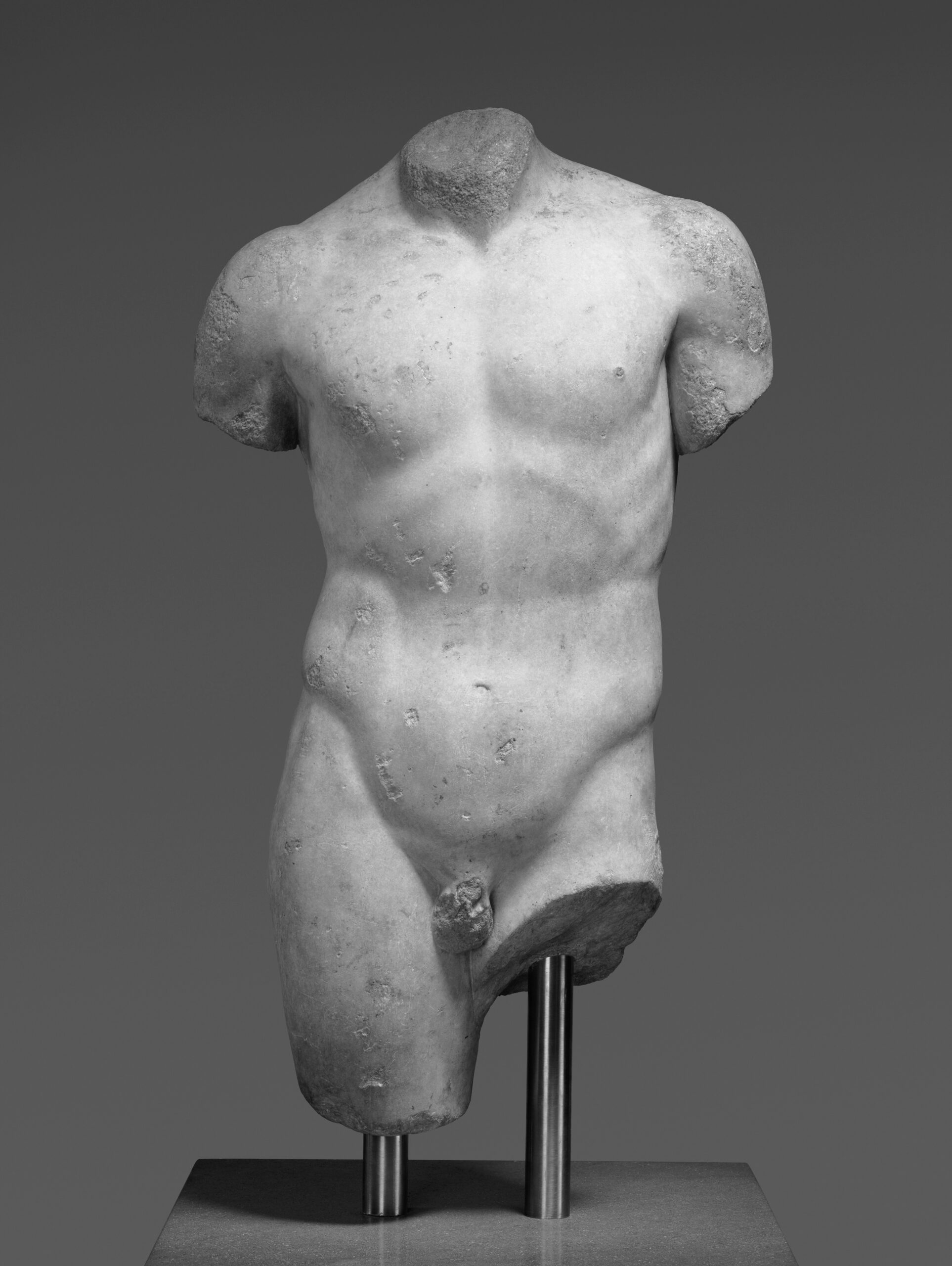Poet and educator Maya Pindyck was part of T&W’s Common Core Leadership Team of writers who developed creative writing teaching resources that are aligned with the requirements of the Common Core State Standards in science and social studies. In this unit, Pindyck offers ideas for engaging students in writing about the impact of human consumption on health and the environment. T&W thanks the William T. Grant Foundation and The Cerimon Fund for their generous support of the Common Core resources initiative.
Genre(s) taught:
Research-based writing, poetry, persuasive/argumentative essay
Grade(s) taught:
8th Grade
Download: Constancy and Change, Humans in Their Environment: Needs and Tradeoffs
Residency Unit Description:
This residency unit explores true stories behind what we eat and the effects of human consumption on our health and the environment. By studying artistic and scientific texts about human consumption, students will explore and reflect on consumption’s impact both close to home and globally. Students read complex literary, visual, and informational texts that offer a variety of voices, forms, and perspectives: a poetic ode to salt that considers salt’s unexpected homes and journeys; a nonfiction essay on how the apple assimilated to America; a documentary film that traces the life of an orangutan whose habitat was destroyed by the palm oil industry; a letter protesting McDonald’s’ marketing strategies; and news articles about nutrition. Class discussions review new vocabulary and emphasize an awareness of the near and far-reaching effects of human consumption. Exercises build on one another to provide opportunities to draw on earlier lessons. For example, a final project to document the impact of human consumption on one’s own neighborhood should draw from the literary, visual, and informational texts and literary devices discussed. Throughout the unit, students develop reading, writing, listening, and speaking skills
Unit Objectives:
Students will:
- Compare literary and informational texts that express concerns about human consumption, quoting accurately from each text.
- Develop an argument or opinion about the relationships between human consumption, health, and the environment.
- Use literary devices (metaphor, simile, personification, hyperbole, etc.) to respond to the information provided in the text.
- Develop and share ideas about how form impacts content.
- Interpret and critically analyze the arguments made explicitly and/or implicitly in the written texts, visual art, and media.
- Make arguments from various perspectives.
- Practice looking up close at something and using precise vocabulary to convey meaning.
- Find connections between scientific and artistic approaches to phenomena and respond to the guiding questions both as a scientist and as an artist.
Common Core State Standards:
CCSS.ELA-Literacy.RST.6-8.4 Determine the meaning of symbols, key terms, and other domain-specific words and phrases as they are used in a specific scientific or technical context relevant to grades 6–8 texts and topics.
CCSS.ELA-Literacy.RST.6-8.5 Analyze the structure an author uses to organize a text, including how the major sections contribute to the whole and to an understanding of the topic.
CCSS.ELA-Literacy.RST.6-8.9 Compare and contrast the information gained from experiments, simulations, video, or multimedia sources with that gained from reading a text on the same topic.
Guiding Questions:
- How does human consumption of resources impact the environment and our health?
- How can readers compare literary and informational texts to recognize authors’ purposes and perspectives?
- How does a person’s position affect his or her perspective?
- What techniques do writers use to support their arguments?
- How can studying the hidden story behind an everyday product affect future decisions?
- How can we use informational sources to write persuasive poems and stories?
- How does the theme of “constancy and change” relate to our own choices as consumers and the neighborhoods in which we live?
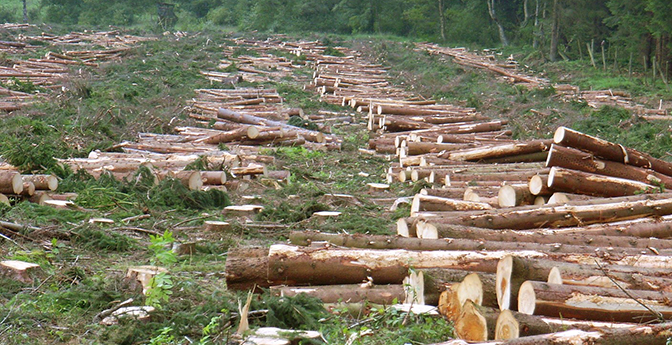
Lesson
Opening Ritual:
Each day, students should pick up their journals from the journal bin. They will spend the first five minutes of class describing an object in the classroom (a pencil, blackboard, clock, desk, piece of chalk), writing about or drawing that object as precisely as possible. This exercise is intended as a meditation to get students focused on something outside themselves before the class “actually” begins. At the end of the unit, the teacher may wish to have students flip through these ritual-exercises to pick one object they wrote about or drew to research in relation to the theme of consumption and its effects.
Lesson Plans:
- Each of you will be assigned four vocabulary words at random (you’ll draw them from a hat) to contribute to our class dictionary. These words will appear later in the texts we read together. By the end of the unit, you will be responsible for explaining and portraying those words in multiple ways: provide a definition that is only as long as a tweet; make an image that illustrates or evokes that word; give a personally relevant example to better explain that word; include a synonym, or offer a metaphor for that word; write a poem that includes all four of your words. Together, all of our words with their definitions and creative depictions will compose a class dictionary to be part of the school library. RST.6-8.4, RST.6-8.5, RST.6-8.9
- Compare texts of various genres. Discuss and analyze how each of these texts is structured and organized. How does the structure affect how you read the text? Does the message “feel” different in each genre? Try flipping the form: Take a journalistic article and, using only the words in that article, reassemble and restructure the article into a poem while staying true to the article’s content. Play with line breaks, spacing, repetition, and rhyme using only the words in the article. Can you flip the form but keep the message? RST.6-8.5, RST.6-8.9, RST.6-8.4
- Both Elizabeth Bishop’s “The Fish” and Tom Lux’s “Dead Horse” convey a memorable moment with an animal and consider what the human eye can see. After these poems are read aloud, discuss: How are they alike? How are they different? How does each end? What might each ending say about the impact of human choices? Which poem do you prefer, and why? Using images and information from those poems, and new vocabulary words, write your own poem about an animal you have seen up close. Try to paint a vivid picture of this moment with words by using literary devices and sensory detail. RST.6-8.2, RST.6-8.4
- Pablo Neruda’s “Ode to Salt” helps us to see salt in new ways and to consider where salt comes from and the journeys it might take to arrive on our plates. By looking up close at salt, the writer sheds new meaning on the faraway homes and travels of salt. Meanwhile, Claude McKay’s “The Tropics of New York” conveys a longing for foods that remind him of home. Think of an everyday object, or food, that has an important meaning to you—maybe it reminds you of somebody in your family or a place you once lived, or maybe you just use it so much that you can’t imagine life without it. For homework, research the journeys that object has taken. Where does it come from? Is it natural or manmade? Is it native to this country? In what ways is it close to you and in what ways is it far away from you? Bring your notes to class tomorrow and prepare to write an ode to that subject based on your research, feelings, and memories. RST.6-8.1, RST.6-8.2, RST.6-8.4, RST.6-8.9
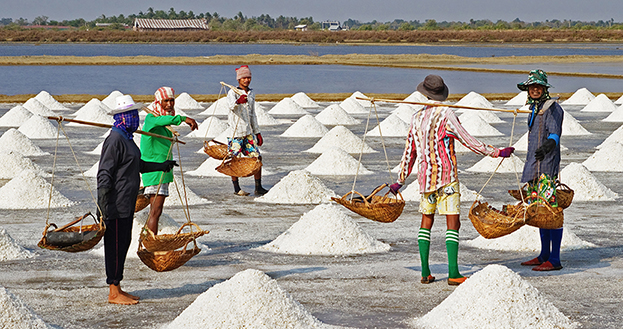
- Ross Gay’s “The Truth” and Randall Mann’s “Proprietary” give very different insider looks into a corporate chain, or factory. How would you describe the voice of each poem? What do you think is the speaker’s relationship to the events described? How does each poem make you feel, and which poem do you prefer? Think about an action you once took or didn’t take that had an impact on somebody’s life, your own health, or the environment. Write a poem that lists all the reasons you can think of that you chose to take or not to take that action. Try to consider both the near and far-reaching impacts of your choice. If you want, you can model the form of your poem on Ross Gay’s repetition of “because.” RST.6-8.1, RST.6-8.2, RST.6-8.4, RST.6-8.5
- Find 3-4 examples from Chapter 1 of The Botany of Desire (and the accompanying PBS documentary) that show how the apple changed over time. Write an ode to the “(Insert Adjective) Apple.” For example: “Ode to the Changed Apple,” “Ode to the Pre-Grafted Apple,” “Ode to the Assimilated Apple,” “Ode to the Wild, Bitter Apple,” “Ode to the Sweet Apple,” etc. Incorporate literary devices common to odes: apostrophe, alliteration, metaphor, simile, and hyperbole. RST.6-8.1, RST.6-8.4, RST.6-8.9
- Should people be allowed to consume whatever they want, whenever they want it? Write a persuasive essay that argues for or against “freedom of consumption” using a mix of factual, logical, and emotional evidence that refers to information gleaned from The Botany of Desire, Super Size Me, the New York Times article on soda restrictions, the letter to McDonald’s CEO Jim Skinner, and/or the poem “Proprietary” by Randall Mann. (Teacher Note: Integrating poetry, journalistic articles, and nonfiction literature for the sake of argument might help students see how poetry can exemplify the pros and cons of debate. For more information, see Elaine Scarry’s article, “Poetry Changed the World: Injury and the Ethics of Reading” in Boston Review, July 1, 2012.) RST.6-8.1, RST.6.8-2, RST.6-8.5
- Using the “Where I’m From” poem by George Ella Lyon, write a “Where I’m From” poem from the apple’s point of view. Include 4-5 pieces of evidence from The Botany of Desire in your poem. RST.6-8.1, RST.6-8.2, RST.6-8.4
- After watching Green: Death of the Forests, discuss the effects of a documentary film without words. What images from the movie stick in your mind? How is the absence of words powerful? How could words add to the film? What kinds of words or language might best fit the tone of the film? In groups of four, create a script for a potential voiceover for this film. Be the speaking voice of this documentary. Try to “fill in the blanks” using words that explain the where, when, what, when, and how of what’s happening, while staying true to the tone of the documentary. Assign the following roles to each group: one performer, one script writer, two researchers. RST.6-8.1, RST.6-8.5, RST.6-8.9
- Extension of same project: How might you use images and sounds as powerfully as Green: Death of the Forests does to show how human consumption of a particular resource impacts the environment? Film or photograph a place that you can easily access. What are the effects of human consumption that you notice happening in that place that you could capture on video, or through a series of photographs? It can be in your own apartment building, neighborhood, school, local park, etc. Record a voiceover, or write captions, explaining what’s going on. RST.6-8.1, RST.6-8.5, RST.6-8.9
- In the film Green: Death of the Forests, what thoughts might be running through this orangutan’s head? Write an imagined soliloquy for the orangutan in the film. Then, in pairs, share your soliloquys and discuss why the orangutan might be thinking what you imagined him to think. Based on evidence from the film, what has he experienced? How do you think it could have been prevented? In groups of 2-3, write and illustrate a children’s book for younger kids, 1st/2nd grade, to teach them about the environmental impact of human consumption through the orangutan’s story and through supplemental information that you’ve compiled through your own related research. Your book aims to teach a younger audience, so think about the best language and illustrations to use to convey the facts depicted in the film and from the articles you found on your own. You can write your book either from the orangutan’s point of view or using third-person narrative. RST.6-8.4, RST.6-8.5, RST.6-8.9
- The artist LaToya Ruby Frazier is clearly upset with Levi’s’ advertising campaign that uses Braddock, Pennsylvania, her hometown, for its new brand image. What upsets her about this campaign? What does she know about Braddock that the Levi’s campaign keeps hidden? How does knowing a place and its history change the way we might read an advertisement? What do you think of her performance in response to Levi’s? Do you think it’s effective? How might you do it differently? Think of an advertising campaign that bothers you. You might consider McDonald’s commercials—or those of another fast food chain—an advertisement for sneakers, an iPhone, a video game, etc. Research the hidden story behind the item being advertised. How was it made? Who is the consumer audience? What are the health and/or environmental impacts connected to the making and/or buying of that item? Once you’ve gathered your information, think of a creative response to the company that sells that item. You might plan an artistic performance, write a letter to the company CEO, design a counter-advertisement or informational poster, compose a song or poem, etc. RST.6-8.1, RST.6-8.2, RST.6-8.5, RST.6-8.6
Vocabulary
Alliteration
Apostrophe
Documentary
Form
Genre
Hyperbole
Metaphor
Personification
Point of View
Repetition
Setting (global, local)
Simile
Soliloquy
Tone
Resources
- “The Fish,” Elizabeth Bishop
- “Ode to Salt,” Pablo Neruda
- “Proprietary,” Randall Mann
- “The Truth,” Ross Gay
- “Dead Horse,” Thomas Lux
- “The Tropics of New York,” Claude McKay
- “Butter,” Elizabeth Alexander
- “Plums,” Catherine Savage Brosman
- “Eating Fried Chicken,” Linh Dinh
- “McDonald’s Is Impossible,” Chelsea Martin
Fiction
- The Jungle, Upton Sinclair
Informational Texts
- The Botany of Desire: A Plant’s-Eye View of the World, Michael Pollan
- The Omnivore’s Dilemma: A Natural History of Four Meals, Michael Pollan
- Fast Food Nation: The Dark Side of the All-American Meal, Eric Schlosser
- Animal, Vegetable, Miracle: A Year of Food Life, Barbara Kingsolver
- No Logo, Naomi Klein
- “When Teams Lose, Fans Tackle Fatty Foods,” Jan Hoffman, New York Times, September 16, 2013
- “Mixing Freedoms in a 32-Ounce Soda,” Robert H. Frank, New York Times, March 23, 2013
- Johnny Appleseed’s biography from the Library of Congress
Film, TV, Visual Art, Music
- Green: Death of the Forests, film by Patrick Rouxel
- Super Size Me, film by Morgan Spurlock
- The Botany of Desire, film by Michael Schwarz and Edward Gray
- Fast Food Nation, film by Richard Linklater
- The Daily Show, Jon Stewart on New York City’s “soda wars”
- Consumption, Barbara Kruger and John McEnroe’s introduction to documentary in PBS series Art in the Twenty-First Century
- LaToya Ruby Frazier Takes on Levi’s, from New York Close Up / Art in the Twenty-First Century
- “Virtual Insanity,” song and video by Jamiroquai
- “Wake Up, America,” song and video by Miley Cyrus
- “Pretty Hurts,” song and video by Beyoncé
Maya Pindyck is a poet, interdisciplinary artist, educator, and scholar. Her most recent poetry collection, Impossible Belonging, won the 2021 Philip Levine Prize for Poetry and is forthcoming from Anhinga Press in 2023. In collaboration with Ruth Vinz, Diana Liu, and Ashlynn Wittchow, she co-authored A Poetry Pedagogy for Teachers: Reorienting Classroom Literacy Practices (Bloomsbury, 2022). Pindyck taught in classrooms throughout New York City for over 10 years and earned her PhD in English Education from Teachers College. Currently, she is assistant professor and director of Writing at Moore College of Art & Design in Philadelphia.

